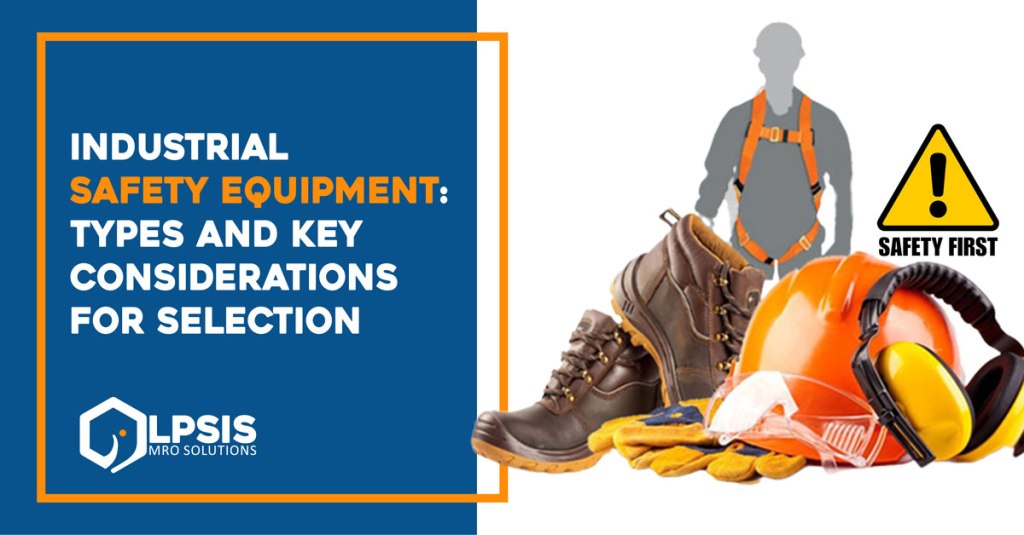
In industrial settings, safety is a top priority, and the right safety equipment can make all the difference. From protective gear for workers to emergency response tools, choosing the appropriate industrial safety equipment is crucial. This blog will explore various types of safety equipment and outline key factors to consider when selecting them.
Types of Industrial Safety Equipment
- Personal Protective Equipment (PPE): PPE includes helmets, gloves, goggles, ear protection, and respiratory masks. These items shield workers from hazards such as falling objects, chemical exposure, loud noises, and airborne particles.
- Fall Protection Equipment: For jobs performed at heights, fall protection gear like harnesses, lanyards, and anchors prevent serious accidents and ensure workers’ safety.
- Fire Safety Equipment: Fire extinguishers, fire blankets, and fire-resistant clothing are essential to minimize fire-related risks and facilitate quick response in case of emergencies.
- Emergency Eyewash and Showers: These devices provide immediate relief in case of chemical splashes or exposure, allowing workers to quickly rinse off contaminants.
- Respiratory Protection: Respirators and masks safeguard workers from inhaling harmful gases, fumes, or particles that can affect respiratory health.
- Lockout/Tagout Devices: These devices ensure equipment is properly shut down during maintenance, preventing accidental startup and safeguarding workers.
- Confined Space Equipment: When working in confined spaces, specialized equipment like gas detectors, ventilation systems, and harnesses are essential to prevent accidents and asphyxiation.
Key Considerations for Selection
- Risk Assessment: Begin by identifying potential hazards in the workplace. Conduct a thorough risk assessment to determine the types of safety equipment required for various tasks.
- Regulatory Compliance: Ensure the chosen equipment meets industry standards and regulatory requirements to guarantee the safety and well-being of workers.
- Fit and Comfort: PPE should be comfortable to wear and allow for ease of movement. Ill-fitting equipment can cause discomfort and hinder productivity.
- Durability and Quality: Invest in high-quality equipment that can withstand the rigors of industrial environments and provide long-lasting protection.
- Training and Maintenance: Proper training on how to use safety equipment is essential. Additionally, establish a regular maintenance schedule to ensure the equipment remains functional and effective.
- Compatibility: If workers use multiple types of safety equipment simultaneously, ensure that they are compatible and do not interfere with each other.
- Emergency Preparedness: Equipment such as eyewash stations and fire extinguishers must be strategically placed and easily accessible for quick response during emergencies.
Industrial safety equipment is the cornerstone of workplace well-being. It mitigates risks, protects workers, and promotes a safe working environment. In the realm of industrial safety equipment, LPSIS emerges as a reliable and leading supplier. What sets them apart is their commitment to producing their own top-quality safety products. LPSIS understands the diverse safety needs of industries and consistently delivers innovative, durable, and compliant safety solutions. When it comes to safeguarding lives and promoting safety excellence, LPSIS stands as a trusted partner for industries across the board.
With a firm dedication to quality and safety standards, LPSIS provides comprehensive safety solutions that cater to various industry needs. Their in-house production ensures strict quality control, making their products the go-to choice for companies aiming to prioritize employee safety and compliance. To know more, visit- https://lpsis.co.in/
